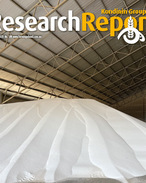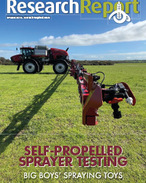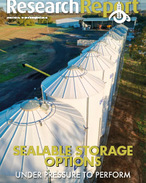This article is 8 years old. Images might not display.
Plant Health Australia (PHA) produces the report each year as an important reference for those seeking to understand Australia’s plant biosecurity system and its performance.
In addition to identifying the greatest exotic pest threats to plant production, the report covers the governance of plant biosecurity in Australia and explains the mechanisms, including surveillance systems, which successfully manage the pest status of plant industries.
The 2017 edition provides information on 650 scientific studies covering pest management, crop improvement, surveillance, diagnostics, and the basic biology of pests and crops.
The pests investigated include insects, bacteria, fungi, viral diseases, weeds and other invertebrates. Some projects are conducted in the field, some in laboratories and others, including policy research and risk modelling, are computer-based.
PHA Chairman Darral Ashton launched the report on the 2016 calendar year, saying that with increasing globalisation, biosecurity has never been more important for Australia.
“Our island nation has a vast coastline dotted with sea ports, an increasing number of international airports and, altogether in 2016, travellers crossed Australia’s external borders an astounding 37.7 million times,” Mr Ashton said.
According to Mr Ashton, every time there is a movement of goods or people onto our shores there is the risk of importing a new pest. And it’s not just exotic pests – movements within areas of Australia such as interstate travel or trade can also give pests a lift from region to region.
“Given the enormity of the challenge to protect Australia’s environment and our crops, everyone has to work together,” Mr Ashton said.
“Of course, the Australian Government and state and territory governments have important roles in plant biosecurity, but so too do plant industries, farmers, local councils, tourists, dock workers, trucking companies, Indigenous rangers in the north, volunteers, and, ultimately, every Australian,” he said.
PHA used an upgraded method of data collection this year to improve the research analysis. The report is available to read or download by clicking HERE.























